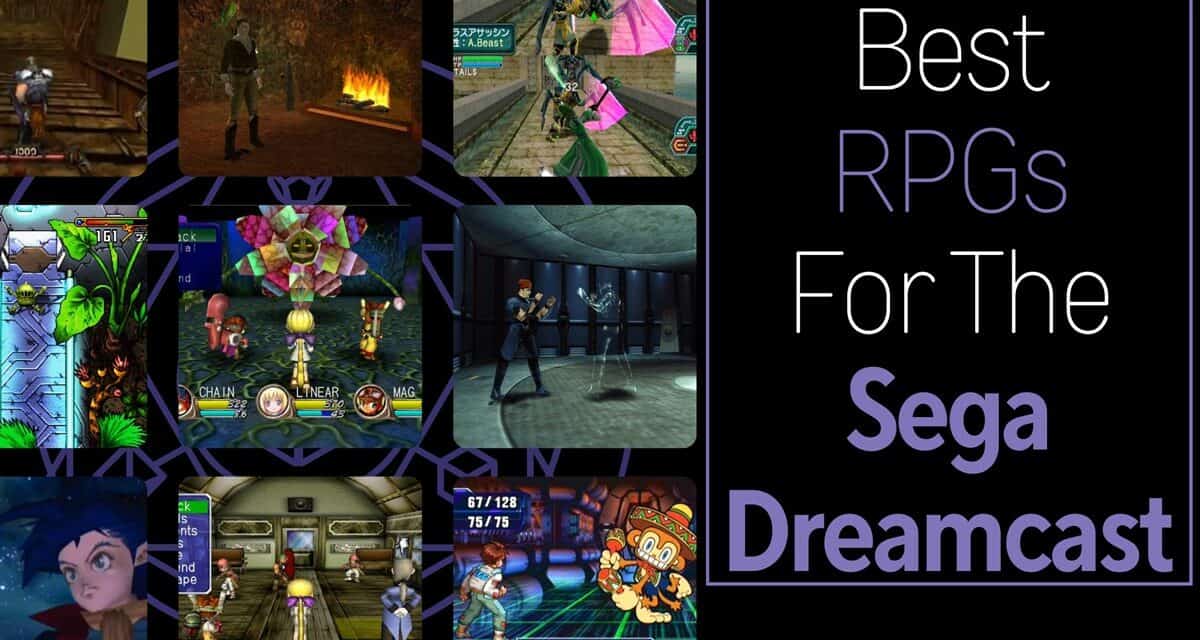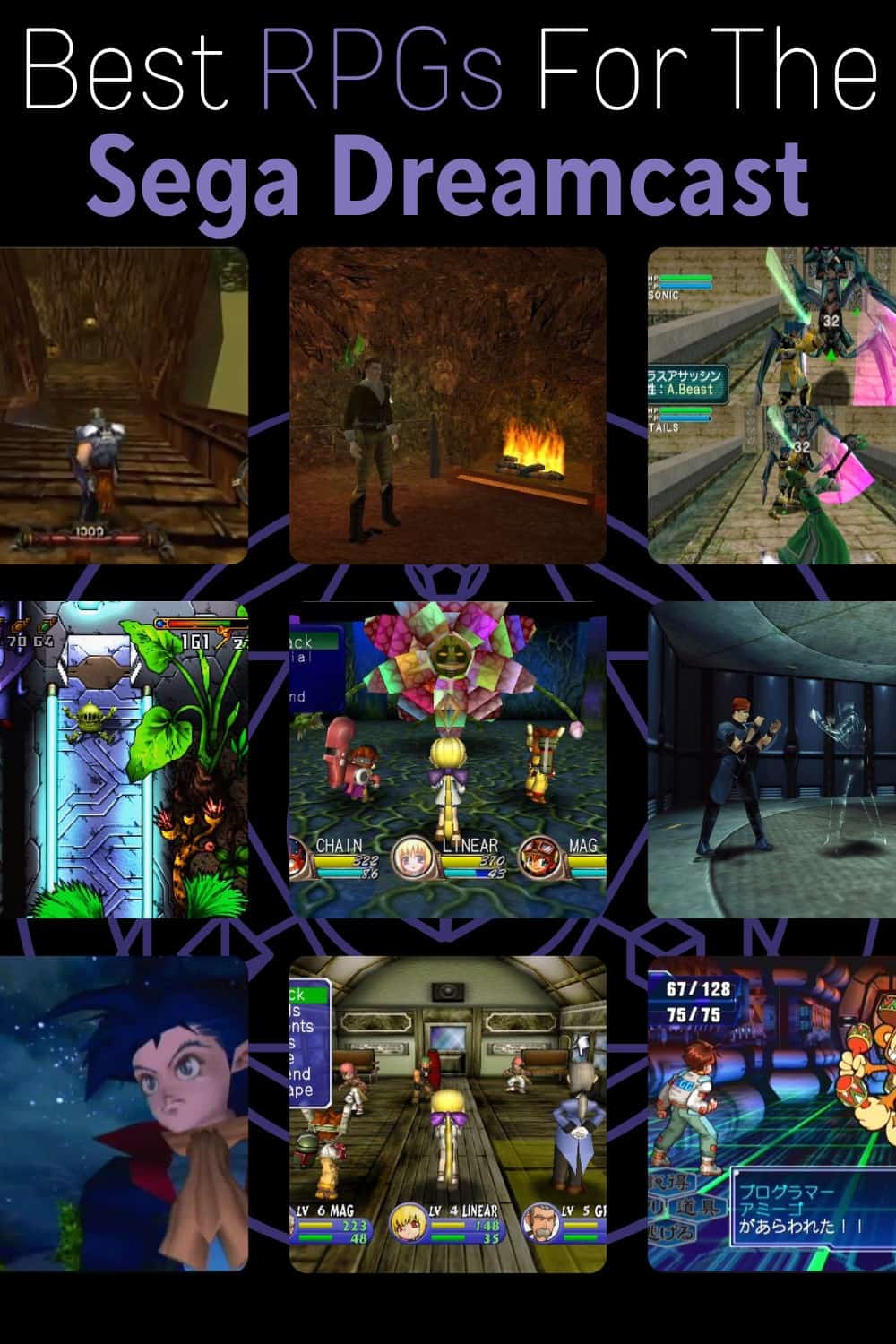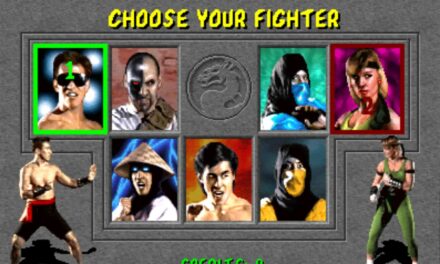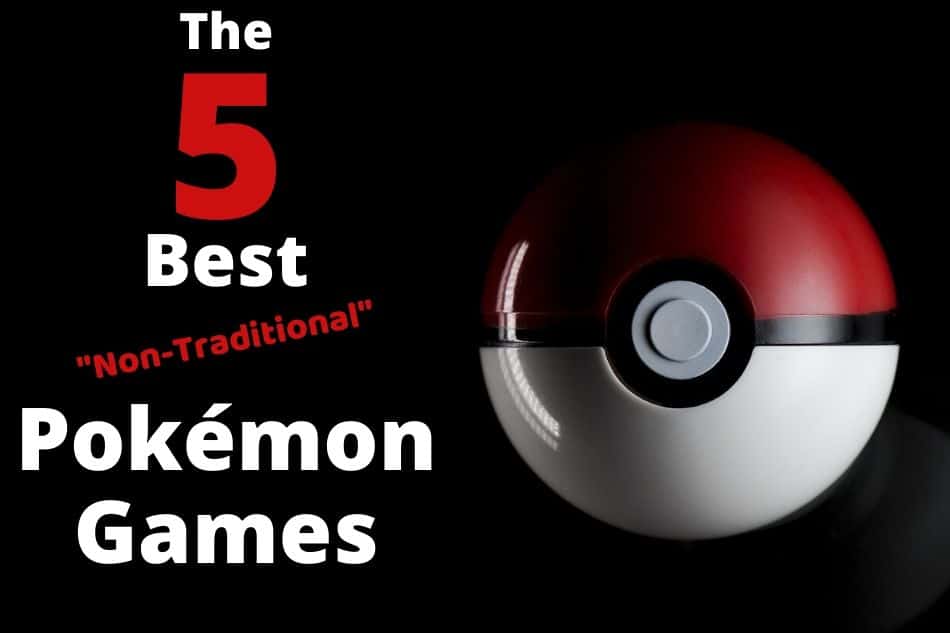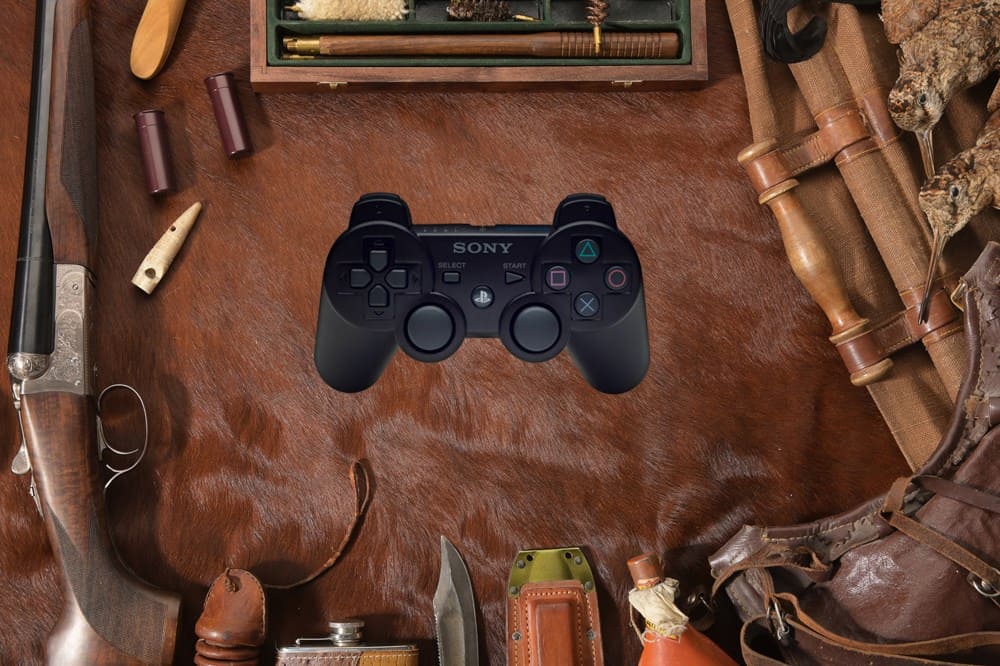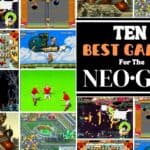It seems so long ago when Sega was battling for the leadership of the gaming industry against the other major console manufacturers.
Before giving up on the console race, Sega fired its last shot with the Dreamcast, a game console released in Japan in 1998 and a year later in the rest of the world.
But their biggest competitor was none other than Sony’s PlayStation 2, it was a home console battle that was lost almost as fast as it began.
Still, there were those who gave a chance to Sega’s console and few regretted their purchase. Being quite an advanced device for the time, the Dreamcast had a huge catalog of games of various genres, among which are some very memorable Role Playing Games.
The Sega Dreamcast welcomed the genre with some of the best RPGs of all time, paving the way for the evolution of the RPG to more complex systems.
From classic dungeon crawlers to legendary adventures, these are the
15 Best RPGs For The Sega Dreamcast
Draconus: Cult of the Wyrm (2000)
We start the list with a theme that always works, Dragons!
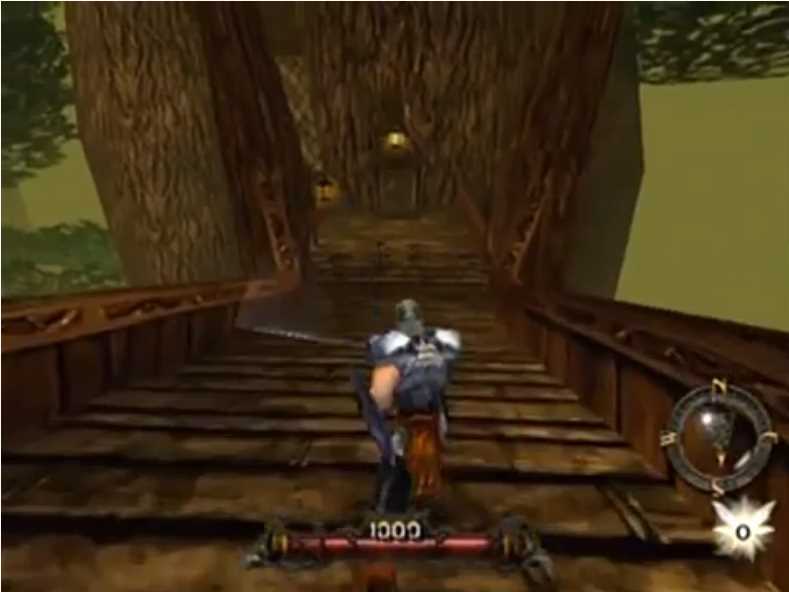
Draconus is a game developed by Treyarch, the same ones who years later gave us COD Black Ops, but first, they created some gems that got a bit lost in history. And speaking of history, the story of this Action RPG places us in a fantasy world in which we can venture either with Cynric, a knight, or with Ayowen, a sorceress.
Whoever you choose, the ultimate goal is the same, to beat the dragon that dominates the land.
This journey leads you through 12 levels with a 3D third-person view, in which you must combine attacks with swords and spells to face an army of enemies. The game places special emphasis on defense mechanics, very much in the style of Dark Souls.
Draconus does not innovate much in other areas, but it has enough to entertain those who enjoy an RPG more focused on combat. And of course, dragons.
Dragonriders: Chronicles of Pern (2001)
Ok, we are back with the dragons, but their stories offer the perfect elements for many RPGs.
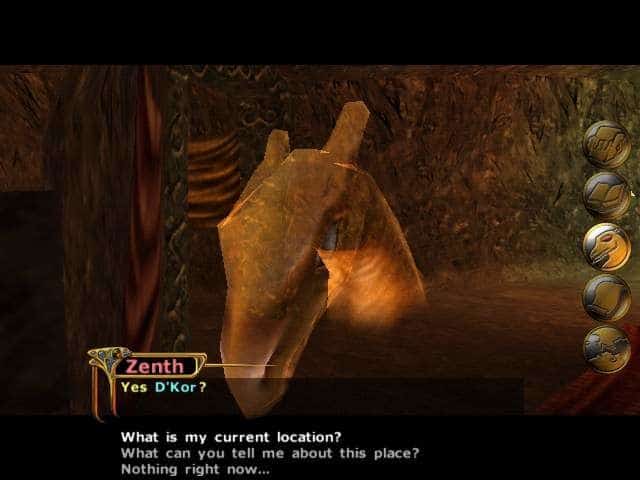
This title developed by Ubisoft is an adaptation of the novel “Chronicles of Pern” by author Anne McCaffrey, in which we take the role of a DragonRider, the protectors of the magical land of Pern who are linked for life with their dragons.
The golden dragon, the only one that could generate new dragons, runs the risk of dying after its rider dies. But even more worrying is the fact that it has a golden egg inside it, so D’kor, our protagonist, must embark on a dangerous mission to find a rider worthy of the next dragon queen.
It sounds a lot like Game of Thrones in that last part, but the game features a vast world in which we can interact with up to 200 characters while solving tricky puzzles along the way.
The graphics are quite remarkable, with excellent finishes and animations for the time.
When it comes to combat, the gameplay is smooth and precise, reminiscent of Parasite Eve on the PlayStation. With each fight, you gain reputation, which helps you unlock new areas.
Despite its virtues, DragonRider did not end up achieving the popularity they were hoping for, but the ambition of its developers is appreciated.
Langrisser Millennium (1999)
For those who don’t know it, Langrisser is an RPG saga by Masaya Games with certain similarities to the famous Fire Emblem franchise.

Millennium was their entry into the Dreamcast catalog, presenting a story that the player can enjoy with 5 heroes while fighting against the evil that keeps apart the continents of Divernia and Illumina.
The gameplay is a combination of strategy and role-playing, with two possible game modes. The Map mode, in which you must make your way to a fortress by taking out the enemies that protect it. And the Battle mode, where you are assigned several teams of characters, which you manage on the ground by ordering them what to do.
Outside of Japan, this title and the series, in general, are not very popular, but now that you know of its existence, you can check it out.
Evolution: The World of Sacred Device (1999)
A pioneer in the genre. Developed by the Sting studio, this title was not only the first of the Evolution saga but also the first RPG game released on Dreamcast.
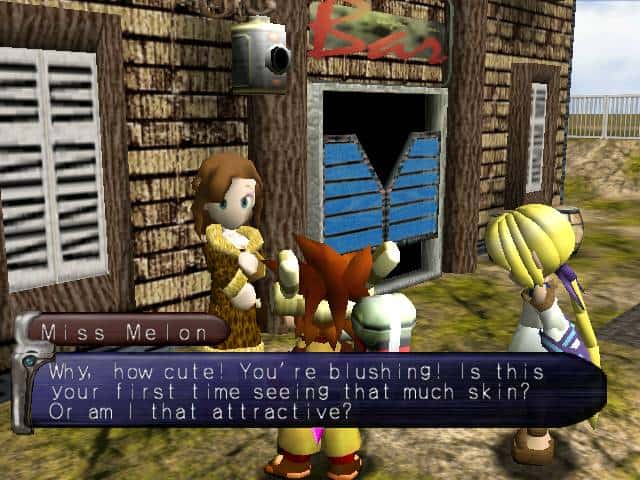
The premise follows the story of Mag Launcher, a teenager with a thirst for adventure and treasure, who along with his friends explores the dungeons of a destroyed continent in search of Cyberframes, ancient artifacts of power.
The battle system is quite traditional, using turn-based attacks. The player can choose to explore the ruins full of traps alone with Mag or join up with two companions, forming a team of 3. But this is not what shines the most in this game, because at the time of its release back in 1999, its graphics were revolutionary, taking the possibilities of the Dreamcast to new limits.
Today it may seem like just another RPG, and many have also criticized it for that, but this little-known classic was key to the later evolution of console JRPGs.
Time Stalkers (1999)
Another of the first games to take a risk with the RPG genre, demonstrating that it had potential in 128 bits. Time Stalkers is developed by Climax Entertainment and published by Sega itself, demonstrating the confidence they had in this project.
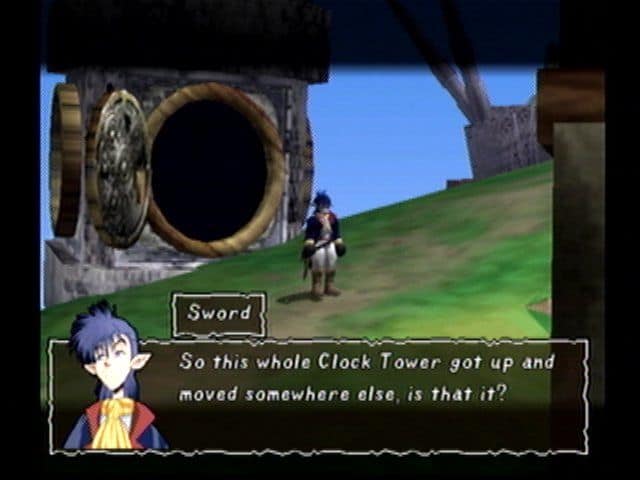
The story places the player in the shoes of Sword, an arrogant warrior who after chasing an enemy into an ancient castle, discovers that he was transported to a world made of many worlds, where he meets both powerful allies and fearsome enemies.
This game, like many others at the time, opted for a dungeon crawling exploration system but combined it with other innovative elements.
Apart from recruiting other characters, the player could also train the monsters they encounter in their adventure, in the pure style of a certain famous Nintendo franchise.
With its long duration and a difficulty that increases in each dungeon, Time Stalkers has a spectacular premise, if you can look past the many bugs and glitches, it does not fail to entertain.
Evolution 2: Far Of Promise (2000)
Released a year after its predecessor, Evolution 2 improves in all aspects, from battles to graphics.

Sting did not complicate this product, they simply enhanced what they had already done well. So much so that for many it is considered an expansion of Evolution 1 rather than a sequel, but it has enough to be called the latter.
In this sequel, Mag-Launcher returns as the protagonist alongside some old friends from his previous adventure, launching into the unknown in ancient dungeons for more ancient artifacts.
As for the gameplay, it remains the same as the first one, expanding both the number of moves and powers in battle as well as their aesthetics. Most notable are the character designs, you can tell that Sting put a lot more effort into making them more eye-catching and full of life.
If it falls short in something, it is the design of environments, being repetitive maybe a little too big.
Record of Lodoss War: Advent of Cardice (2000)
Developed by the Neverland studio and based on the 1990 anime of the same name, Record of Lodoss War is an RPG in which the player takes the role of a nameless hero who was resurrected by a wizard to defeat the evil goddess of Destruction, Cardice.
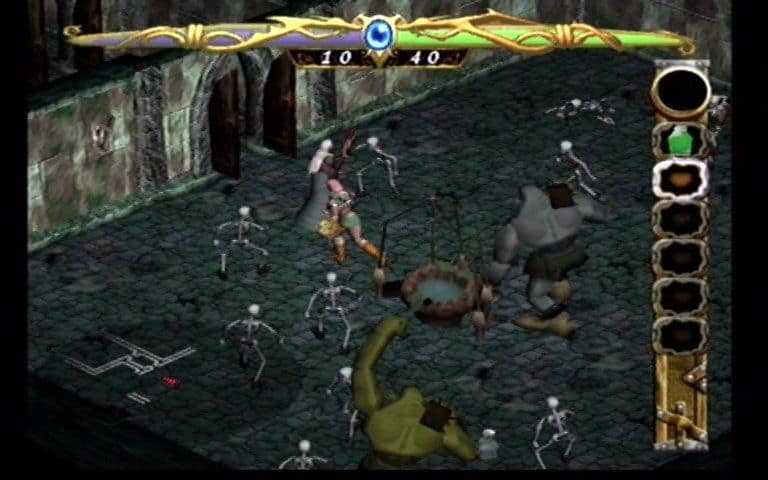
The gameplay is quite similar to Diablo in many aspects, such as in the action, the isometric perspective, and even in the scenarios. This resemblance is what makes the game quite enjoyable. Fans of the Blizzard franchise feel at home.
However, in the graphic section, it has some shortcomings, which added to the “devilish” difficulty in the later levels lowering its rating to a decent game.
It was a pretty competent Dreamcast title that took the risk of simulating Blizzard’s difficult formula, and it paid off.
Omikron: The Nomad Soul (2000)
Oh, it looks like yet another futuristic-style game… Wait, David Bowie!
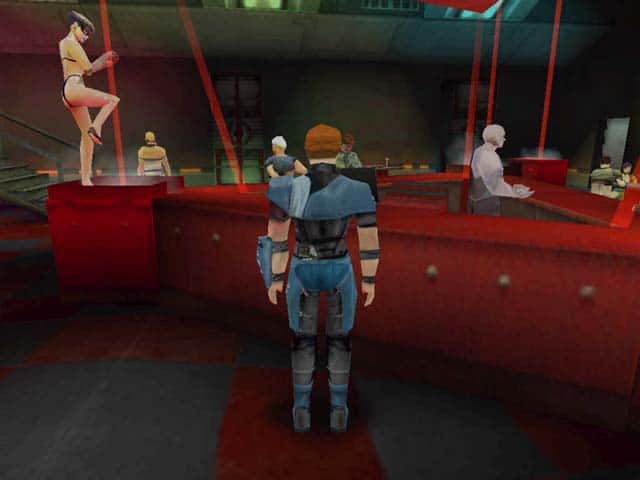
That’s right, the legendary singer was part of the development of this videogame, by the well-known company Quantic Dreams.
But first things first, the premise. In The Nomad Soul, we meet the futuristic city of Omikron, a place run by an evil supercomputer called Ix, which controls the citizens with a dictatorial government. The player’s role in the story breaks the fourth wall, as one of the characters, a police investigator, allows you to enter his body to pursue his cases.
Sounds fantastic, and it is. Although it should be noted that it is not a pure RPG, as it is a mix between this genre, shooter and action, resulting in a third-person gameplay that allows the player to explore every corner of Omikron, encountering humans, robots, and human robots.
The final touch is given by David Bowie, lending both his appearance and his voice to be part of the soundtrack of this title. Omikron’s environment already has Blade Runner vibes, the music of the legendary “Starman” finishes propelling it into space.
Elemental Gimmick Gear (1999)
Better known as EGG, this game developed by the studio Birthday, tells the story of The Sleeper, an enigmatic man who has been sleeping inside a small egg-shaped robot for a long time.
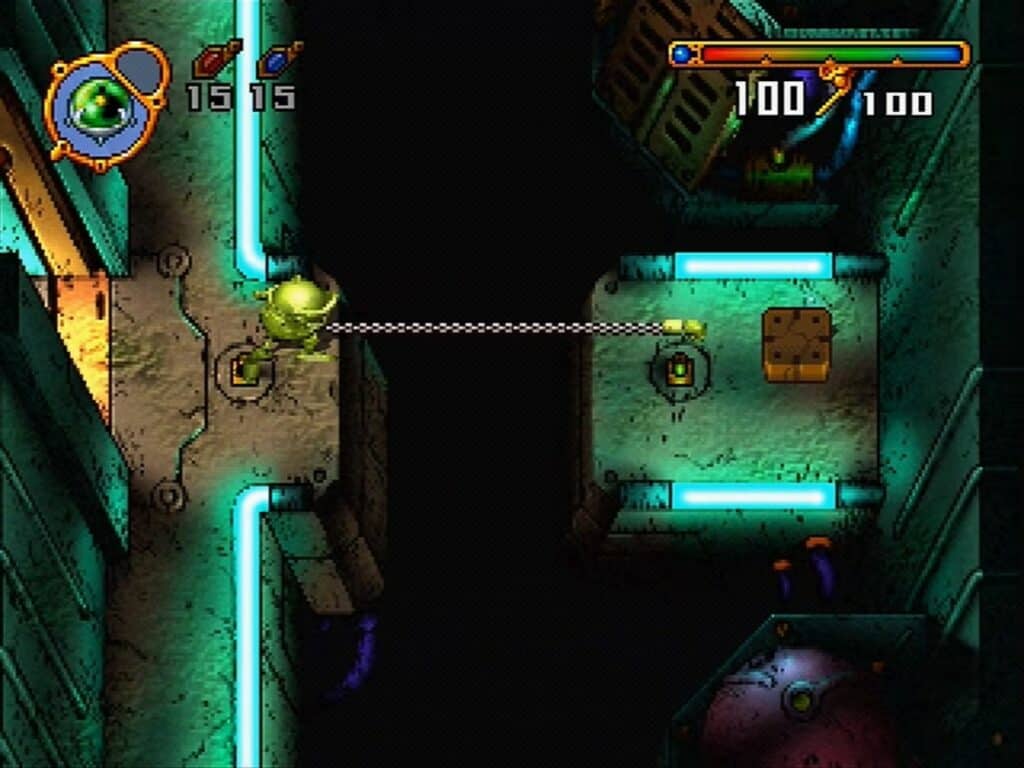
After being found by a group of scientists, The Sleeper was transferred to a laboratory, where they failed to wake him up but they created more robots from his armor, which they baptized as Elemental Gimmick Gear. But obviously, he woke up just the day that a huge plant threatened to end the Earth.
And so begins the story of this 2D adventure RPG, featuring colorful and detailed graphics. Its gameplay is simple, like any other RPG. You either spend hours annihilating enemies or solving tricky puzzles that increase in difficulty as you progress.
In addition, it has an arena mode in which you fight against bosses with 3D graphics.
In short, an entertaining RPG that draws inspiration from gems like The Legend of Zelda and Final Fantasy to create its own fascinating story.
Segagaga (2001)
No, the name is no coincidence, Sega created this game to make fun of itself, and they didn’t hold anything back.
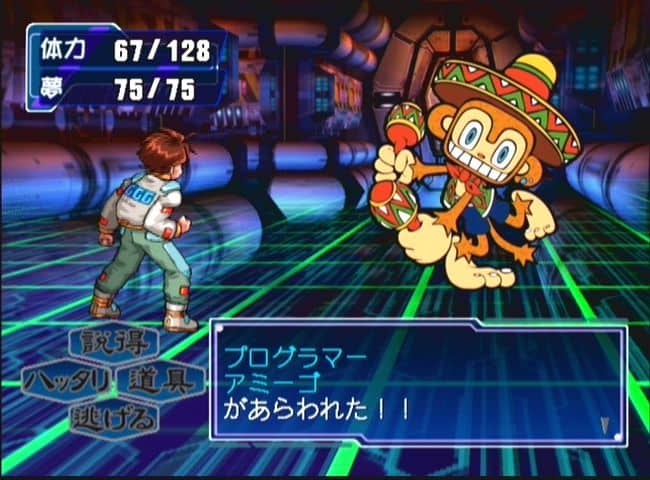
Released in the last days of the Dreamcast before it was discontinued, Segagaga is a fun and bizarre experience, categorized as a “Sega Simulator”, placing the player in an alternate reality, in which Sega employees must prevent their company from falling to its greatest rival, DOGMA.
To save themselves from oblivion, they hire the young programmer Taro, the hero of this story.
Set in Sega’s development studios, the gameplay opts for the turn-based style, but instead of punches, Taro shouts insults to kill the pride bar (life bar) of the enemy in question.
With this system, the game advances in its narrative, with multiple cameos of Sega characters, such as Sonic, Alex Kidd, and Ristar. Likewise, there are plenty of funny references to the reality of the industry at the time and the competition with Sony’s PlayStation 2.
It is not the best RPG of course, but it is the best parody.
Silver (1999)
Ok, were are down to the top five, and it’s about time for some more medieval fantasy in this list of the best Dreamcast RPGs. Created by Spiral House, the story presents us with the fantastic world of Jarrah, where we accompany the young David to rescue his wife from the clutches of the emperor Silver.
It is not only her who must be saved, as all the women of the kingdom end up being imprisoned by the tyrant, making the men unite to rescue them. David is one of them, and on the way, he discovers that he has to get 8 magic orbs to defeat the evil Silver.
Quite a testosterone-filled premise, don’t you think?
The game system is a real-time RPG, aiming at direct action, taking visual style from the classic Final Fantasy and in some mechanics with Diablo.
Throughout the story, more heroes are added to the main cast, allowing you to alternate between a maximum of 6.
It is an exciting adventure to play through, with an involving story and fun gameplay that will keep you busy for hours.
Shenmue (1999)
Undoubtedly, the best-known game on this list and one of the most popular Dreamcast games. This brilliant title developed by Sega-AM2 took the industry by surprise, surpassing the expectations of what a Dreamcast RPG can look like.
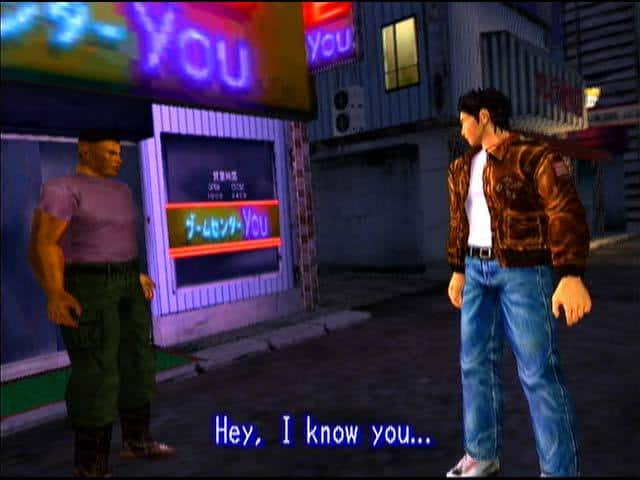
The story puts us in the shoes of Ryo Hazuki, an 18-year-old young man who saw his life destroyed by the murder of his father. With a thirst for revenge, Ryo begins an investigation to find the murderer, leading him to places full of dangers but also allies.
There are too many interesting game mechanics to list. So, let’s say that Shenmue is an action-adventure game, whose levels can be considered small open worlds with some RPG touches.
It highlights the interaction with the NPCs, who give you clues that can open different paths in the story, but beware, there are many criminals along the way, so you must perfect Ryo’s Kung-Fu skills.
Despite being praised by critics, Shenmue was a commercial failure, its sales were very poor compared to its gigantic budget of almost $70 million. But it was this very failure that turned it into a cult classic for gamers.
The reason why it’s not higher on this list is that it doesn’t focus so much on the RPG elements, but we couldn’t miss the opportunity to talk about this wonderful game.
Phantasy Star Online Version 1 and 2 (2001)
In this case, we found ourselves with a shared position, since it is impossible to talk about one of these MMORPG pillars without the other. And as you can see in the name, the main feature of these games developed by Sega is their online functionality, a total revolution for the time.
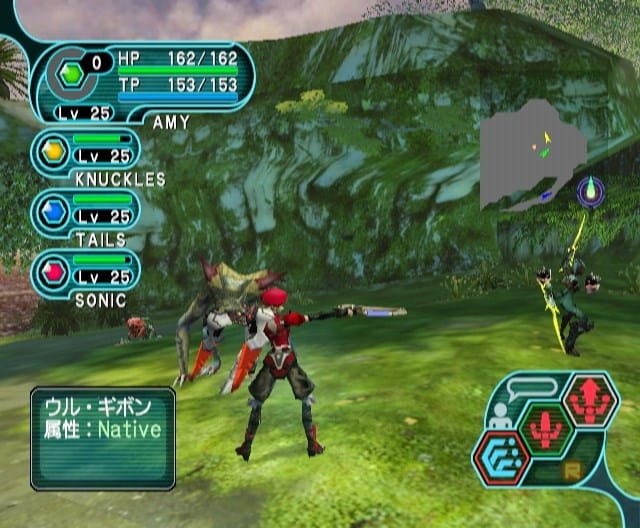
Most of the elements work in these games, and although the second version is superior, it can be said that they complement each other.
The beautiful animation of the characters, the music that envelops you in the experience, and the feeling of exploring the fantastic universe of the Phantasy Star franchise with your friends is something that remains magical.
For the youngsters of the time, these games were their World of Warcraft, where they could create their characters and choose from different classes and species.
Some RPG fans are so attached to PSO that nowadays you can find fan servers where you can still play these gems. With this, we take this opportunity to recommend every gamer to give this franchise a chance,
Many “Nintendo fanboys” unfairly judge PS as a copy of Final Fantasy when in fact it has made history in the industry with just about every release in the series.
Skies of Arcadia (2000)
The silver medal goes to this title created by the Overworks studio, an RPG that also hit the GameCube in which we meet Vyse, a young pirate who lives in Arcadia, where together with his friends he embarks on an incredible adventure on the flying ship Albatross to stop the Valuan Empire, who want to obtain powerful weapons to destroy the world.
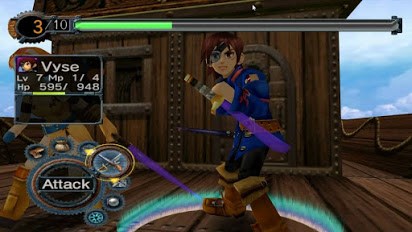
The first thing that catches our eye in this game is its graphics, with splendid modeling and attention to detail.
Next, its gameplay is equally outstanding, even though it follows a traditional formula of turn-based battles that appear randomly as you advance through the maps. This system is given a new look, introducing animations and movements that give dynamism to the combat.
In addition, Vyse’s team can be made up of up to 4 heroes, who learn new skills while collecting experience and exploring the dungeons full of treasures, puzzles, and monsters.
But these are only the confrontations between characters, because as in every pirate story, of course, there are battles between ships…
Skies of Arcadia is a game that everyone loves and remembers with affection, either for its incredible graphics, its entertaining battle system, or its large repertoire of charismatic characters. It touched everyone’s heart in one way or another through the screen, especially those who got through its long 60-hour campaign mode.
The Dreamcast version of the game had slightly less compressed audio and is still one of the best games in the series. There is only one RPG on the Dreamcast that matches and surpasses it.
Grandia II (2000)
That’s right, the popular sequel to the classic Grandia takes first place. Developed by GameArts, this title is set in a fantasy world thousands of years after the epic battle between the God of Light and the God of Darkness, which threatened to end all existence.
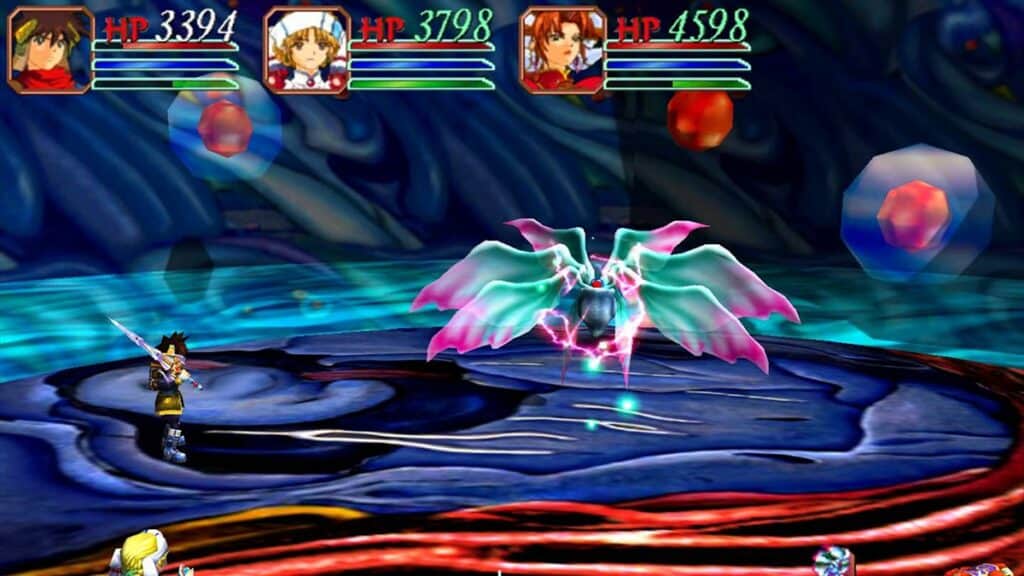
From the ashes of this world, the Church of Granas was erected, and thanks to their guidance, they managed to lead humanity back to reconstruction.
But everything changes when the protagonist of this story, the mercenary Ryudo, receives the mission of protecting Elena, a member of this Church, with whom he discovers that the story he had been told about the world where they live is far from being true.
Like any classic RPG, the battle system is turn-based, but without falling into random combat. It is pure strategy and action in the style of the Chrono Trigger games, giving the clashes speed and freneticism.
The soundtrack is fantastic. Each battle and important scene is accompanied by a theme that delights the ears, the same way the graphics delight the eyes, with so much detail in the texture of the environments and the modeling of the characters, who are made up of fascinating layers of personality that hook you into the story.
Just when you think you’ve solved something it surprises you with plot twists and turns, keeping you hooked for 40-50 hours. With an action-focused turn-based system and more than excellent visuals and sound, Grandia II takes the title of best RPG game on Sega’s Dreamcast.
A short-lived console that lost the battle for gaming against the giants that are Nintendo and Sony, but left with honor, innovating in mechanics and pushing forward the limits in the gaming industry.
